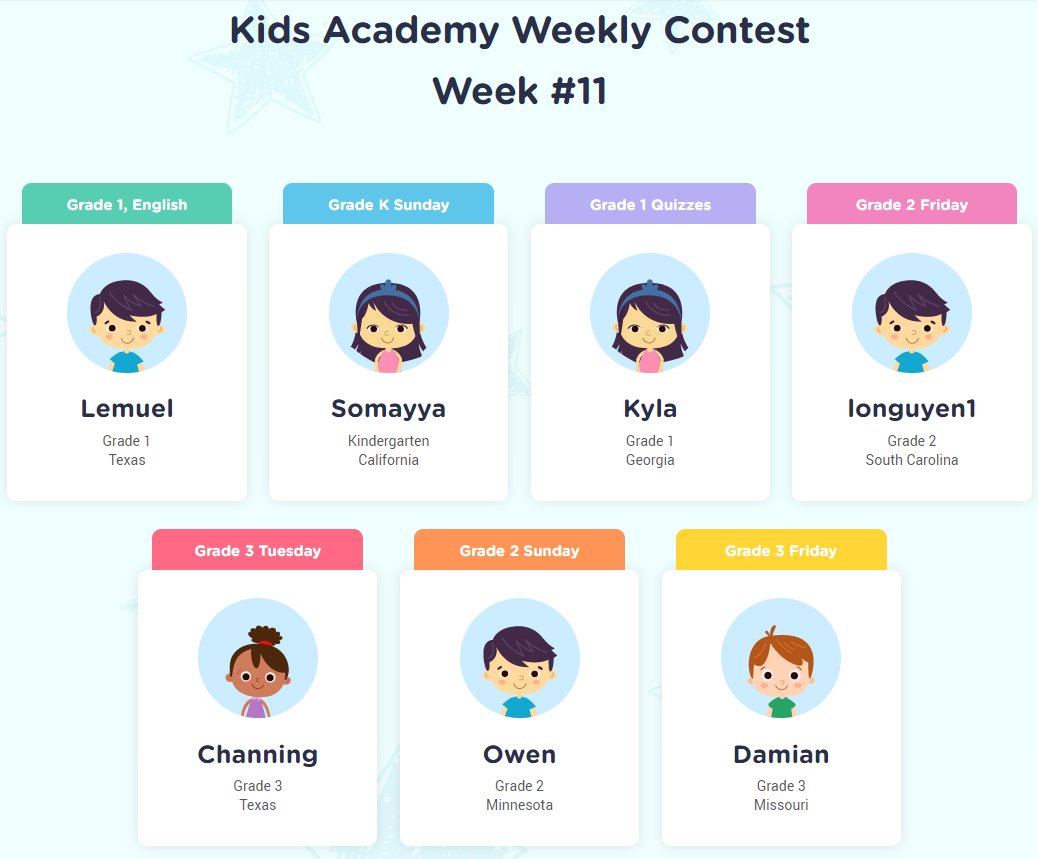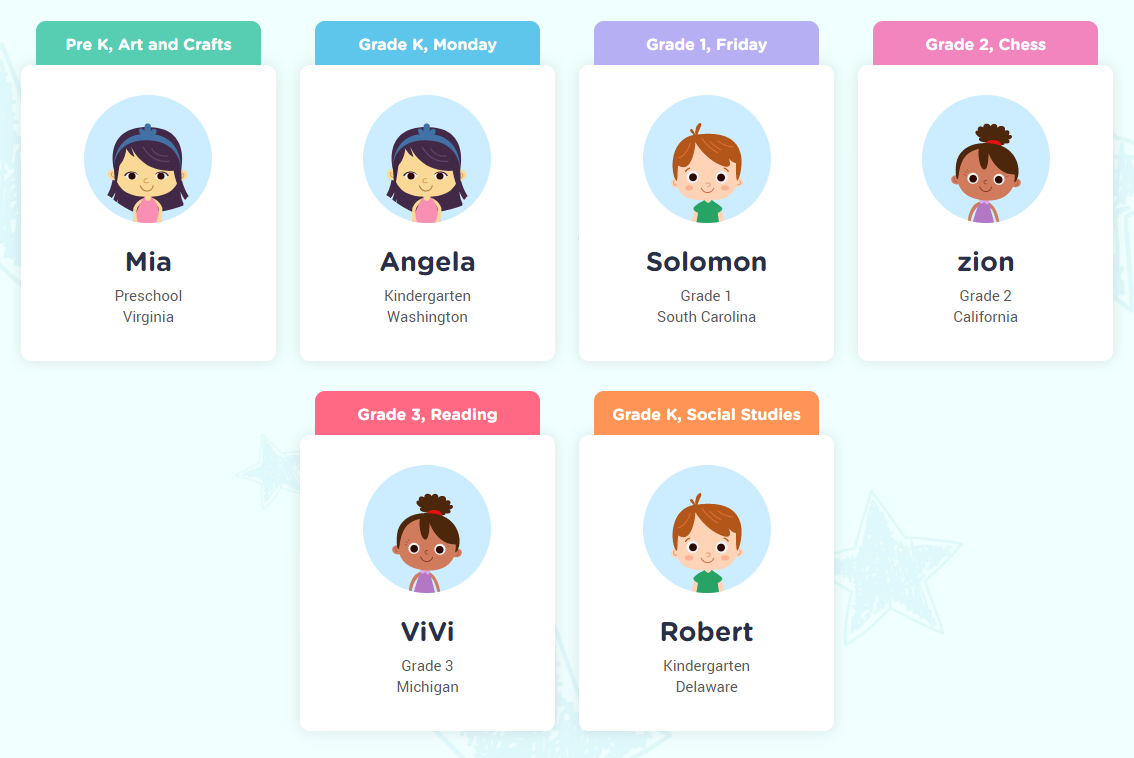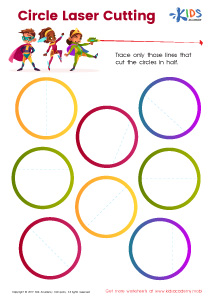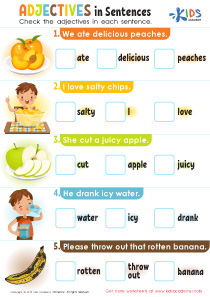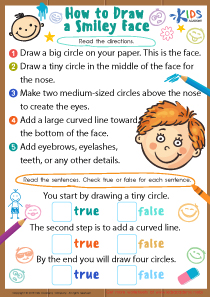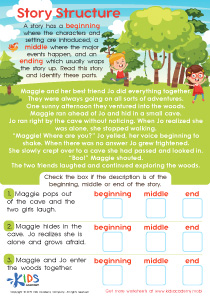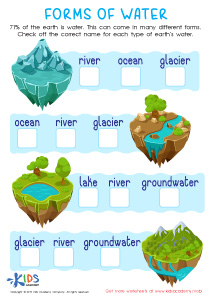Recognizing number patterns Normal Grade 2 Worksheets
3 filtered results
-
From - To
Discover our engaging "Recognizing Number Patterns" worksheets designed specifically for Grade 2 students. These printable resources help young learners identify and understand numerical patterns, enhancing their mathematical skills. Each worksheet features interactive activities that encourage critical thinking and problem-solving, making learning both fun and effective. Our user-friendly format is perfect for classroom use or at-home practice, allowing teachers and parents to support children’s development in a structured way. Tailored to meet educational standards, these worksheets are an ideal tool for fostering a solid foundation in math. Explore our collection today and watch your child’s confidence in numbers soar!
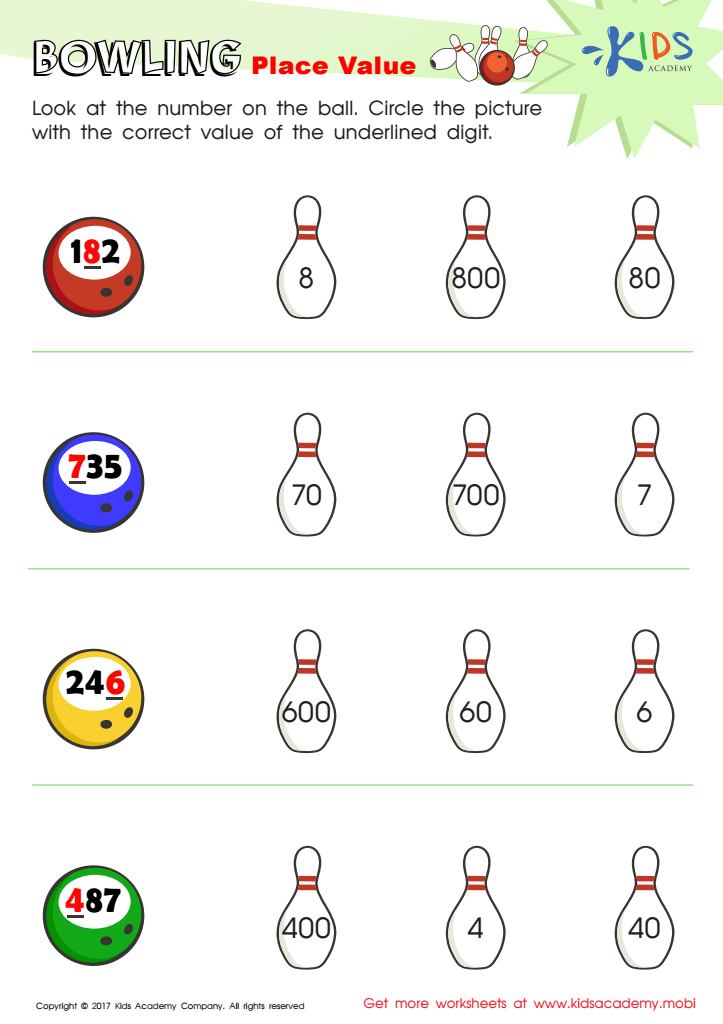

Place Value Worksheet
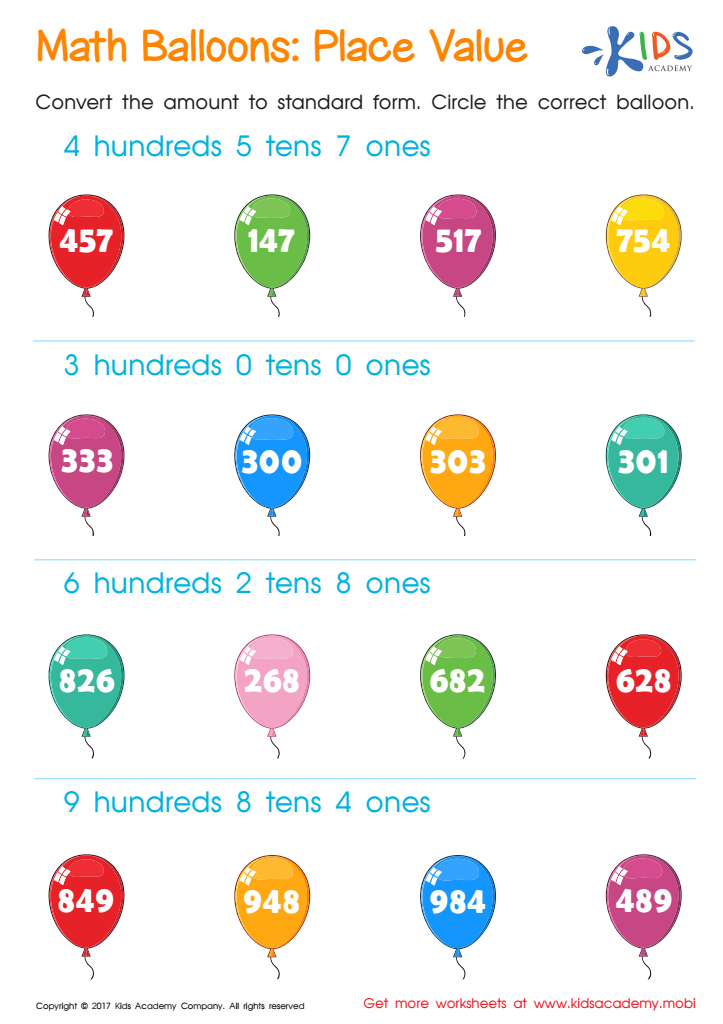

Place Value Printable Worksheet
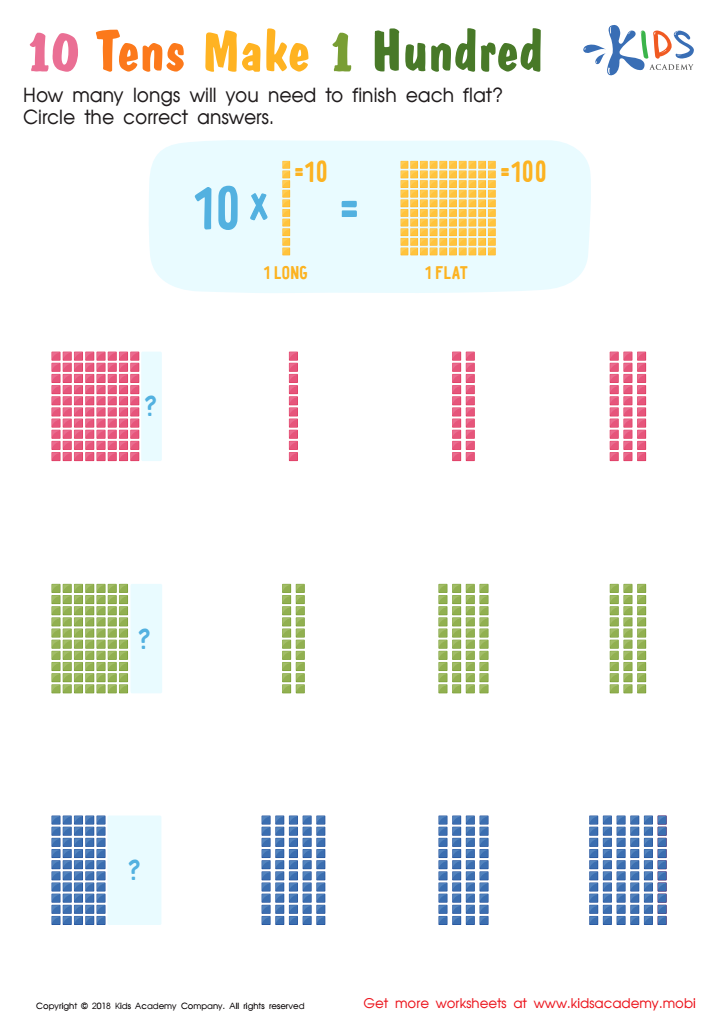

10 Tens Make 1 Hundred Worksheet
Recognizing number patterns is a crucial skill for second graders, laying the foundation for future mathematical understanding. For parents and teachers, fostering this skill is essential as it not only enhances numerical fluency but also promotes critical thinking and problem-solving abilities. When students can identify patterns, they develop the ability to predict outcomes and make connections between concepts, which are core components of mathematical reasoning.
Teaching children to spot patterns, such as sequences in numbers or shapes, equips them with tools to tackle more complex topics, like addition, subtraction, multiplication, and division, later in their education. This skill also supports the learning of other subjects, such as science and music, where patterns play a significant role.
Furthermore, recognizing patterns builds confidence in young learners. When students notice and articulate patterns, they are likely to feel more engaged and motivated in math. For parents, discussing patterns during everyday activities—like counting objects or arranging blocks—can enhance their child's learning experience at home. Ultimately, understanding number patterns not only helps children succeed academically but also fosters a lifelong love for learning, making it a priority for educators and families alike.
 Assign to My Students
Assign to My Students





